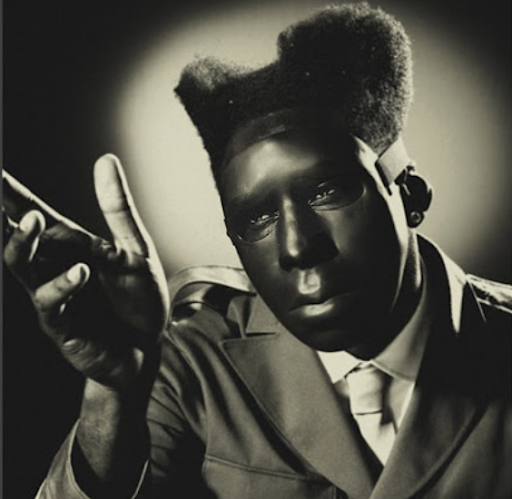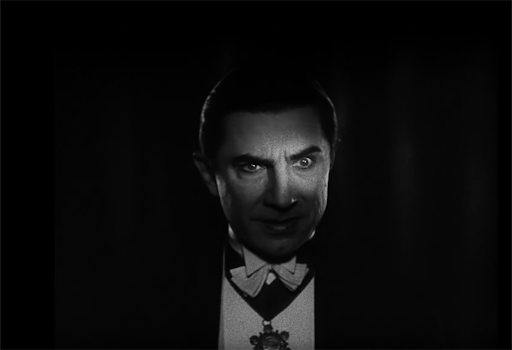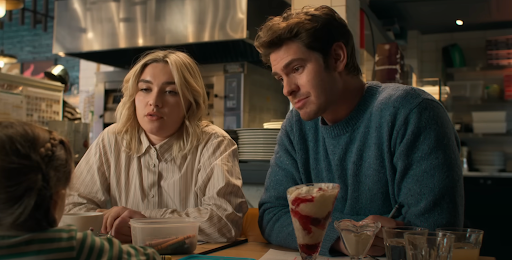
Anna Kendrick’s directorial debut, “Woman Of The Hour” was released to Netflix on Oct. 18. The film is based on the true story of a serial killer, Rodney Alcala, and is centered around his participation in a dating show in 1978. While focusing on Alcala’s vicious crimes, Kendrick highlights fear rather than excessive violence, almost unheard of in the true crime genre. Before viewing, the film’s context should be fully understood, as it could be triggering for many viewers.
The film mainly focuses on Sheryl Bradshaw, an aspiring young actress. To gain recognition, she goes on the dating show titled “The Dating Game,” where she encounters Alcala. The show includes a sequence of questions asked by Sheryl to which bachelor number three — Alcala — has the best answers. To Sheryl and the audience, the other two contestants fail under pressure and are blatantly misogynistic in their responses. However, unknown to everyone involved, Alcala has a violent personality.
The film is structured through flashbacks, showcasing three women’s perspectives on Alcala and their encounters with him. First, we see Amy (Autumn Best), able to escape Alcala after being attacked and sexually assaulted. Her escape resulted in his arrest and eventual conviction. The next woman the film focuses on is Laura (Nicolette Robinson) who finds herself struggling to be in the audience after realizing Alcala had a role in her close friend’s disappearance.
Through Laura’s perspective, we see what many victims of violence experience: a lack of action by authorities. Laura attempts to report Alcala throughout the entirety of the film but is met with either a lack of interest or men who simply do not believe her. Because the police failed to listen to Laura, Alcala was able to continue sexually abusing and murdering multiple women.
Sheryl’s encounters with Alcala show viewers the quick but horrifying interaction she had with him. After the show, he follows her to her car, pressures her into a date and threatens to kill her. Kendrick’s acting in these scenes is extremely subtle but portrays a powerful feeling.
She encapsulated the fear that many women understand and know all too well.
The film highlights the detrimental effects of casual sexism seen by victims of violence, specifically sexual violence. Laura’s story is a prime example of how a lack of attention and care results in deadly outcomes for many women.
“Woman Of The Hour” takes a large amount of the violence out and replaces it with the fear that the women in those situations felt. Compared to other films dealing with true crime, this film showcases women’s stories without only showing the brutal violence that happened to them.
In an interview with the podcast “Crime Junkie AF,” Kendrick stated that she felt “gross” about making money off this film. In turn, she donated the gross earnings of the film to RAINN (Rape, Abuse & Incest National Network) and The National Center for Victims of Violent Crime.
Kendrick highlights women’s stories and the unfortunately common faults that come along with women speaking out. “Woman Of The Hour” is not just a depiction of violence, but a cautionary tale for sexism seen by women in their everyday lives.









